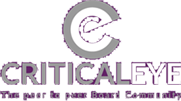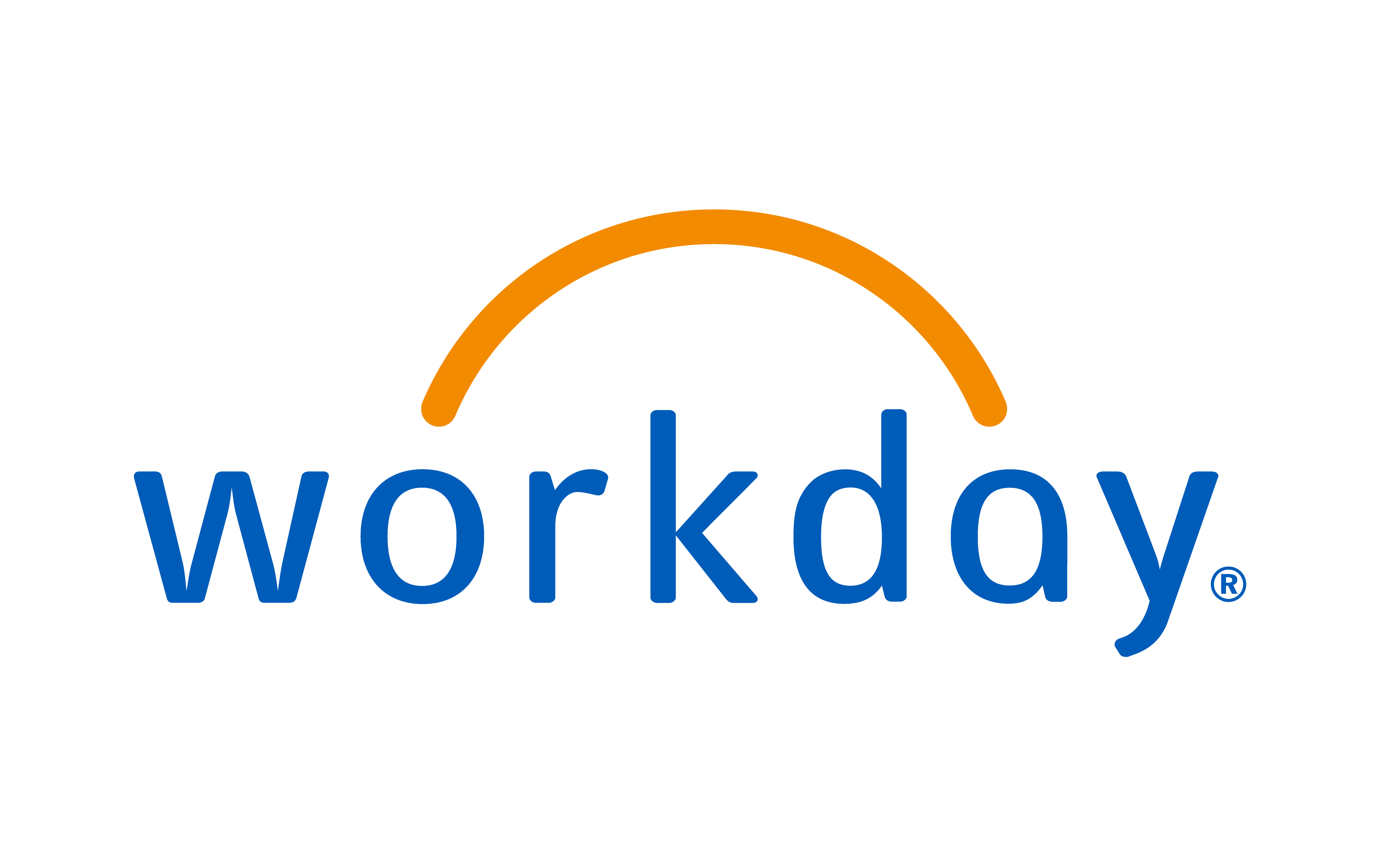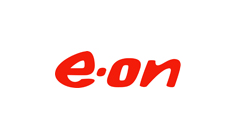 2.jpg)
Over the past 18 months, CEOs have been served curveballs from all directions. It’s no surprise then, that the biggest change they are seeing in their organisations is improved agility – without it they wouldn’t have survived. Businesses today must be nimble enough to course correct overnight, while retaining a steadfast culture and engaged stakeholders.
In Criticaleye’s CEO Research 2021, 33 percent of Chief Executives said that greater organisational agility is the biggest shift they are witnessing; this trend is matched only by the speed of change in the way they are connecting and engaging with their customers.
We asked our community members how they are navigating this transformative period and what the changes look and feel like in their organisations. This is what they said:
Melanie Lane, CEO of NewMotion, a new-venture, electric vehicle charging-solutions business, acquired by Shell, is prioritising alignment around customer needs as the organisation grows.
The green recovery has led to unprecedented demand in our sector. That has meant fundamental rewiring to enable a larger and more complex business to be agile.
In a start-up, everyone is face-to-face, in the same location, knows each other and the mission is really clear, but as demand and diversification increase, the business just slows down, and so we've been resetting our ability to be agile for the long term in a big, scaled-up way.
One part of this is being clear about the organisation’s mission and strategy, including on where we are going and recognising that this has evolved. If people aren’t pulling in the same direction, then you're never going to be agile.
We've also looked at ‘vertical excellence’. Within each part of the business, what does it mean to be operating in an agile way at scale?
We're now focusing on the ‘red thread’ which runs across the horizontal. We’re working on an organisational structure and asking what the natural teams are that we must put in place to work together single-mindedly behind a set of customer outcomes.
It's about trying to take everything out of the boardroom and moving decision-making to the people that are closest to the customer. You need a North Star, systems that work well and people that understand their context in the business – then you can have empowerment.
Steve Parkin, CEO of Mayborn Group, is building a faster, flatter structure, with centres of excellence that create the strategy.
Organisational change can’t be delivered in the traditional silos anymore. Businesses today are becoming much more horizontally driven, with cross-functional teams working on transformational programmes.
Businesses used to have multiple management levels, which is the antithesis of agile. We’re reducing the layers and trying to build a flatter structure. If you look at digital native brands, that’s how they are operating.
We are also moving to a more central versus regional structure. With the speed of change, we can't afford to empower and skill up all of the traditional regional structures to the same level. We're building centralised centres of excellence that are there to create the group strategy, and then the execution will be done within the regions. That buys us speed, time and capability.
There are a number of programmes, particularly around new product development and digital, where we need to work with urgency and are adopting ‘proper’ agile ways of working, such as scrums and sprints.
Historically, teams were rewarded on revenue and profit for their individual functions or individual regions. Now, we're rewarding them on delivery of transformational programmes which cut horizontally across the whole organisation.
Lorcan O’Connor, Group CEO of Córas Iompair Éireann (CIÉ), Ireland’s national public transport provider, says that agility in a large organisation requires strong stakeholder relationships.
A long-established, large, unionised organisation is clearly not as agile as a tech start-up, having said that I’m proud of how we dealt with the first month of the pandemic. We were able to deal with the unique and unprecedented challenges without our core services being impacted.
To be agile and deal with unforeseen things requires good relationships. You must bring as many people with you as you can, both your internal and external stakeholders.
If we hadn’t had an effective trade union group – with five trade unions overall, all with strong leadership – it would have been very difficult. They came to the table saying, ‘How shall we deal with this?’ It’s not often that the employer and the trade union largely align, and when it does happen, it works very well.
It is about having strong relationships, both during industrial disputes and when things are running relatively smoothly: it’s a long-term investment.
Matthew Blagg, CEO of Criticaleye, believes leaders must double-down on their corporate culture.
Larger businesses will always struggle with agility, partly because established processes and systems can slow things down. They worry that if they touch one part of their tech stack everything will fall over, and so, rather than carrying out a significant transformation, they just tweak what is already there to make it work a bit more efficiently.
Another option is to create and ringfence new, more-agile ventures within the existing business, which aren’t held back by the old structure. These may be hived off in the future, and I think we are likely to see organisations doing a lot more of this.
Overall, the pace of change over the past 18 months has meant that leaders had to speed up their decision-making just to survive. This, combined with the impact of virtual communication and other new tech, means that many businesses are now operating with more agility than ever before.
However, there are limitations. Having a workforce that is increasingly remote will make maintaining a strong corporate culture and alignment more difficult, which introduces more risk. It also reduces the opportunity to come together in person and spark creatively off each other.
Leaders must harness the new ways of operating but also make sure they retain the best of what they did before.
Emma Carroll, Managing Editor, Criticaleye
Other findings from Criticaleye’s CEO Research 2021: Leading a Purpose-Driven Enterprise, include:
- 64 percent of CEOs want to improve debate on strategy
- 67 percent think their Chair adds value, down from 75 percent a year ago
- 72 percent feel isolated in their role, up from 58 percent in 2020
- 92 percent say mentoring improves the performance of senior executives
To see the full research report, please click here.










 (002).png)















